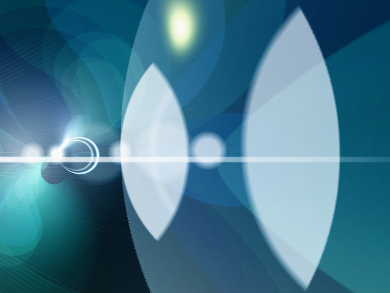Electron beam lithography (EBL) is the main tool to create custom-shaped structures and patterns at very small length scales. While sub-50 nm structures are routinely produced, it remains a challenge to surpass the 4 nm limit. It is even more demanding to transfer these high-resolution patterns from the resist to another material. Since quantum confinement effects come into play at these length scales, there is a great interest in the development of methods that resolve these problems.
Charles Black, Eric Stach, and colleagues, Brookhaven National Laboratory, Upton, NY, USA, have made a significant development in this field and developed a method for patterning at the 1 nm length scale, as well as for pattern transfer of sub-5 nm features. The team employed aberration-corrected EBL to create the smallest reported isolated feature (1.7 ± 0.5 nm) in poly(methyl methacrylate) (PMMA), a commonly used resist. Through positive-tone exposure (i.e., crosslinking), patterns with 17.5 nm pitch were made, while negative-tone exposure (i.e., chain-scission) allowed for a pitch of 10.7 nm in PMMA.
To demonstrate pattern transfer, the researchers replicated several patterns in metals and semiconductors. As an example, metal wire arrays with gaps of ca. 6 nm were reliably produced. According to the researchers, the use of an aberration-corrected instrument is key to produce these very small structures, because both the beam diameter and beam tails are minimized.
- Aberration-Corrected Electron Beam Lithography at the One Nanometer Length Scale,
Vitor R. Manfrinato, Aaron Stein, Lihua Zhang, Chang-Yong Nam, Kevin G. Yager, Eric A. Stach, Charles T. Black,
Nano Lett. 2017.
DOI: 10.1021/acs.nanolett.7b00514




